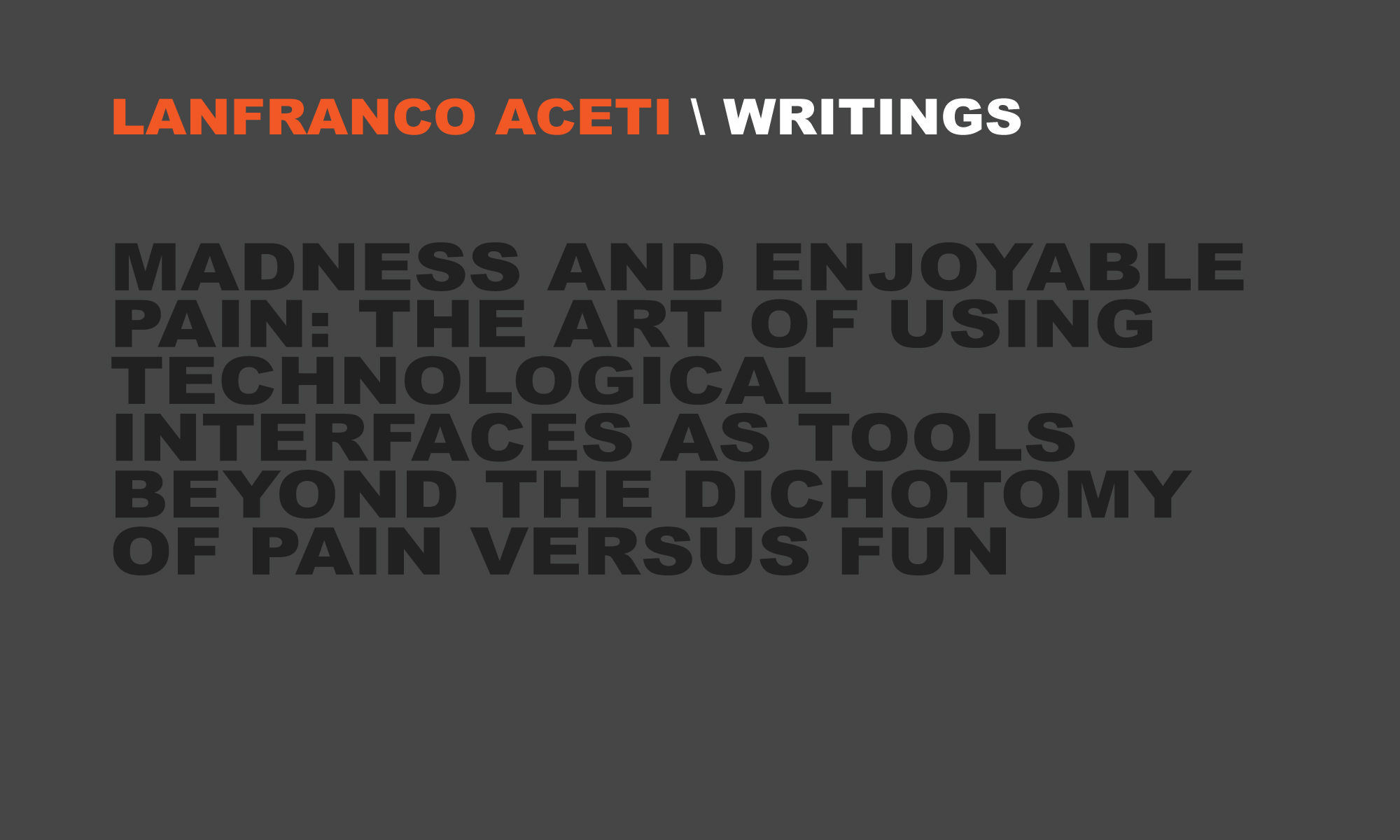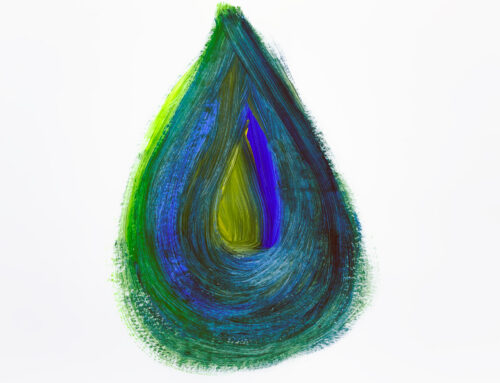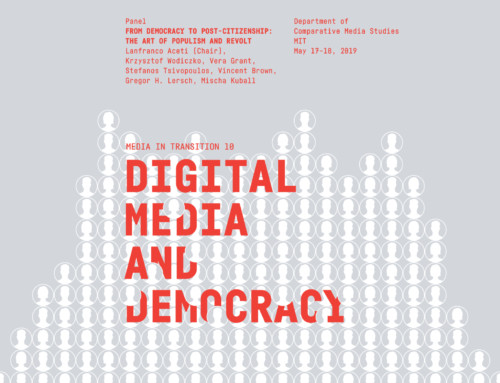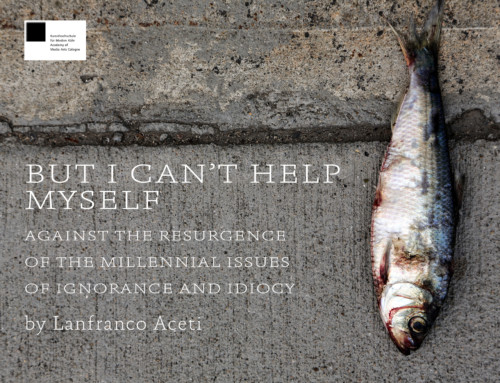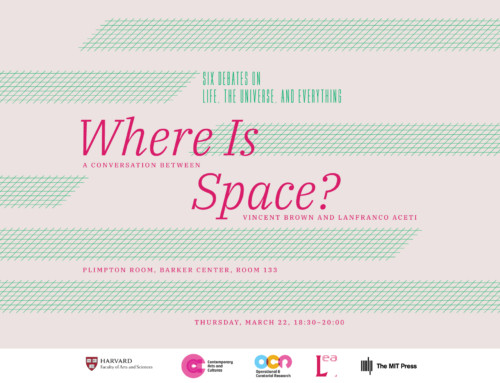MADNESS AND ENJOYABLE PAIN: THE ART OF USING TECHNOLOGICAL INTERFACES AS TOOLS BEYOND THE DICHOTOMY OF PAIN VERSUS FUN
ABSTRACT
The article will focus on contemporary artistic and curatorial practices in the fields of art and science and will discuss the issue of experiential engagements with technology in the name of art.
The artistic engagement with technology in the production of art has historically not been easy. There is an historical argument debating the difficulty of acquiring not only the necessary craft and skills through the technological tool but also in respecting the rules of art. Vitruvius writes on the subject, referring to wall-painting:
“Even if they have a fine and craftsmanlike finish, they are only to receive commendation if they exhibit their proper subject without transgressing the rules of art.”
The relationship between tools and the rules of art that apply to artistic endeavors at the intersection of art and technology becomes fundamental to understand how the artistic rules have changed and been affected by engagements that focus on new concepts that perceive the body as the ultimate interface to be penetrated and replicated. In this context of new interactions the interfaces (both bodily and technological) appear to be focused on two different perceptions: that of art as fun and that of art as pain, when the body becomes the biological playground interfacing between consciousness and object represented.
Rafael Lozano-Hemmer’s article in Leonardo [2] puts forward the concept of pain as part of the interface – no longer solely ludic, but also as being made of the painful journey of exploration that does not necessarily lead to a successful outcome. It is this philosophical approach that changes the media from popular art to high art – resetting the field of technology in a new context: that of the fine art challenge that sees interfaces as not disjointed from agency. The concept of media – no longer as entertainment only but as an ontological mirror of larger metaphysical and aesthetic issues – opens up the mediated representations of technology to the metaphorical and therefore to art.
Lozano-Hemmer writes that: “Because metaphor functions not only as the content but also as the concrete material form of artistic practice, it is not surprising that many artists have sought alternatives to the hierarchical relationship of subject and object and the active-passive conditions of agency employed in most commercial and scientific implementations of telerobots.”
Erkki Huhtamo in a 2007 essay entitled Trouble at the Interface 2.0 analyzed the interaction between human and computers in an historical context and offered a view of the interface that is ‘total,’ as a perception of a metaphor of life that is almost – in a metaphysical sense – human.
“According to the jury, ‘[u]nlike many works which could be classified as ‘interactive art’ or ‘net art’, in which the human interaction often perpetuates an isolated interface, namely where it occurs, classically, between the user and a computer screen, Listening Post allows us to experience the totality of technology and Internet communication in a simultaneously immersive and humanizing way.’”
It is possible to envisage future interfaces – crafted as lifelike organisms from inorganic material – that will become autonomous forms of life connected to and related to the human body and consciousness in order to provide an experience of life and the metaphysical through a metaphorical immersive world that is re-humanizing a de-humanized individual.
KEYWORDS
Interface, human-computer interaction, digital culture, metaphor, new media art, pain, fun
ENDNOTES
[1] Vitruvius, On Architecture, Book VI-X, trans. Frank Granger (Cambridge, MA: Loeb Classical Library, 2003), 105-107.[2] Rafael Lozano-Hemmer, “Perverting Technological Correctness,” in Leonardo Journal 29, no. 1 (1996): 5-15.
